Margo McVay June 28, 2022 All Feature Vehicles

In an industry where everyone is trying to offer enthusiasts a better mousetrap, it’s vital to understand what’s needed by lending an ear, rather than running the mouth. In the performance car community, there’s a desire to overload the auditory sense. The sound of a car is often as important as its visual effects. The roar at full throttle and the loping note at idle can be very pleasing; however, that same exhaust system can cause headaches at highway speed. The cabin reverberation can be everything from annoying to dangerous. The culprit of this drone is usually housed right under your seat.
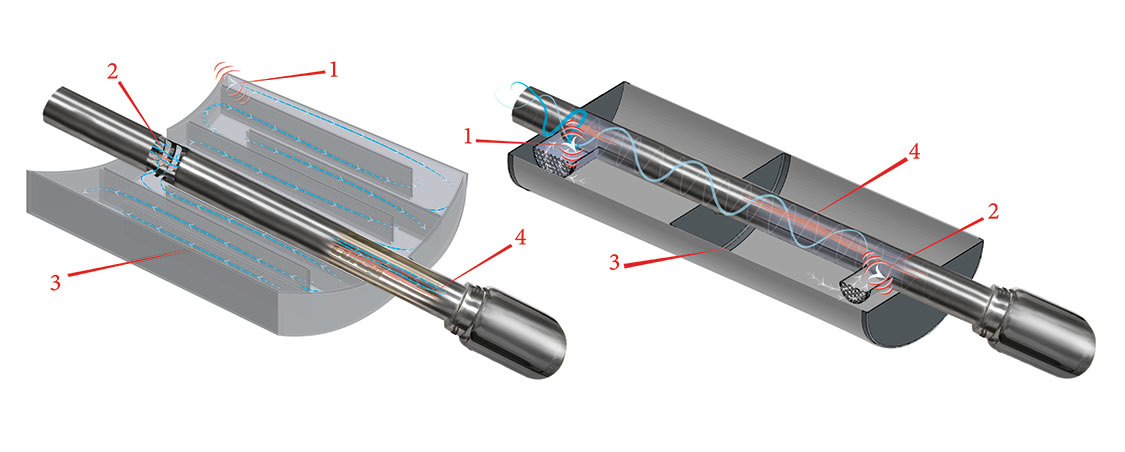
Automobile mufflers were first put to use more than a century ago, and the technology has plodded along at a snail’s pace ever since. Its primary purpose is to efficiently and safely evacuate engine exhaust gases. An exhaust system also eliminates combustion, gas flow, mechanical noise and vibration generated by the engine. Most consumers look for a muffler to reduce noise. Most performance enthusiasts look for improved tone while staying (sometimes barely) within the boundaries of regulations.
As the exhaust system evolved, three main technologies became commonplace: reflective, absorptive and hybrid. Engine exhaust is passed through a series of various-sized chambers in reflective-type mufflers, where sound energy is dissipated in the form of heat, or straight through a perforated pipe wrapped with sound deadening material in an absorptive-type muffler. The hybrid version combines elements of both. It’s during this action where sound waves collide when exhaust flow is at a steady pace. During acceleration, flow is at such velocity that heat and sound can be rapidly dispersed. At idle, the flow is so slow that heat and sound are pulsed out of the system. It’s at highway speed, when the flow is consistent, that exhaust elements can turn back on each other, creating flow and counter flow waves.
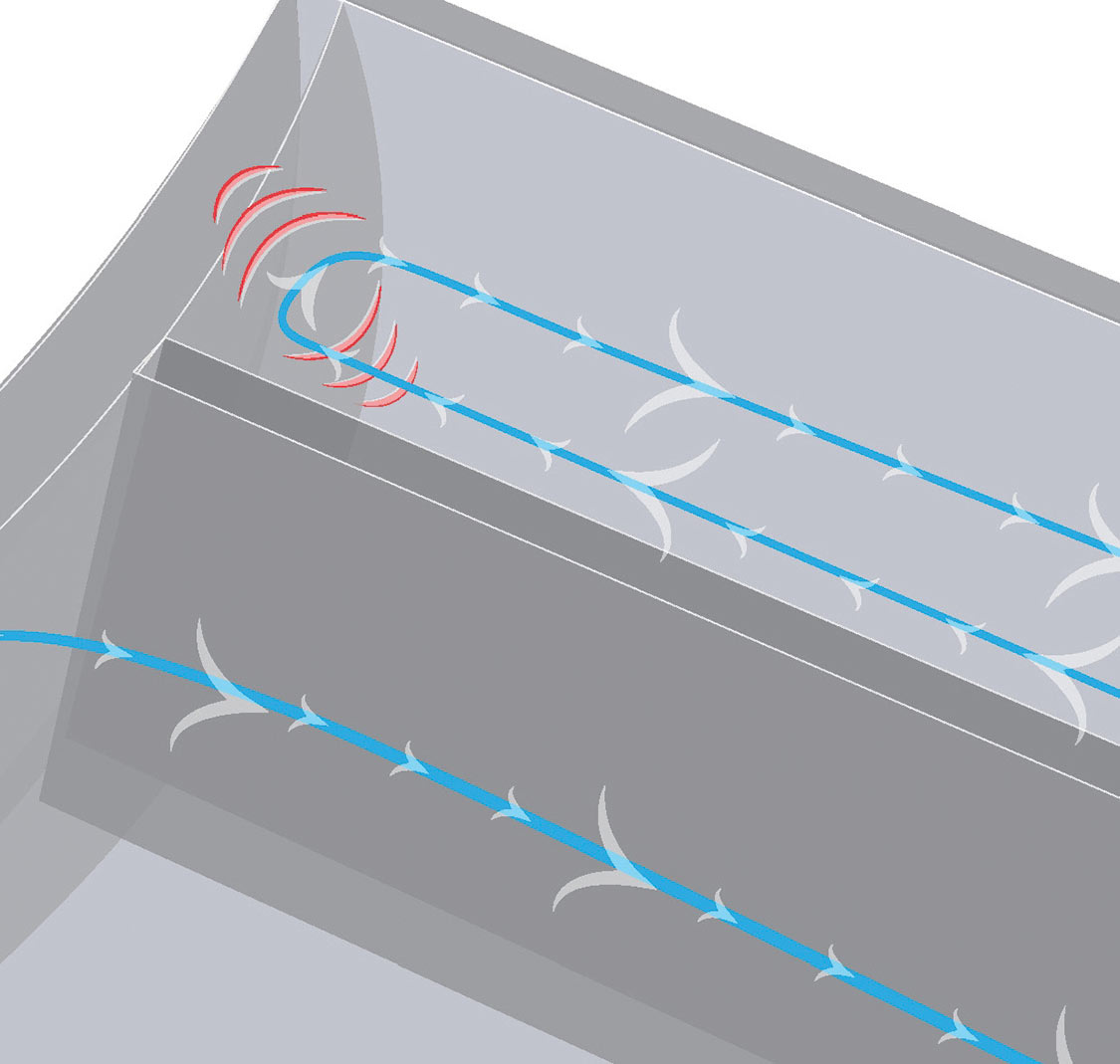
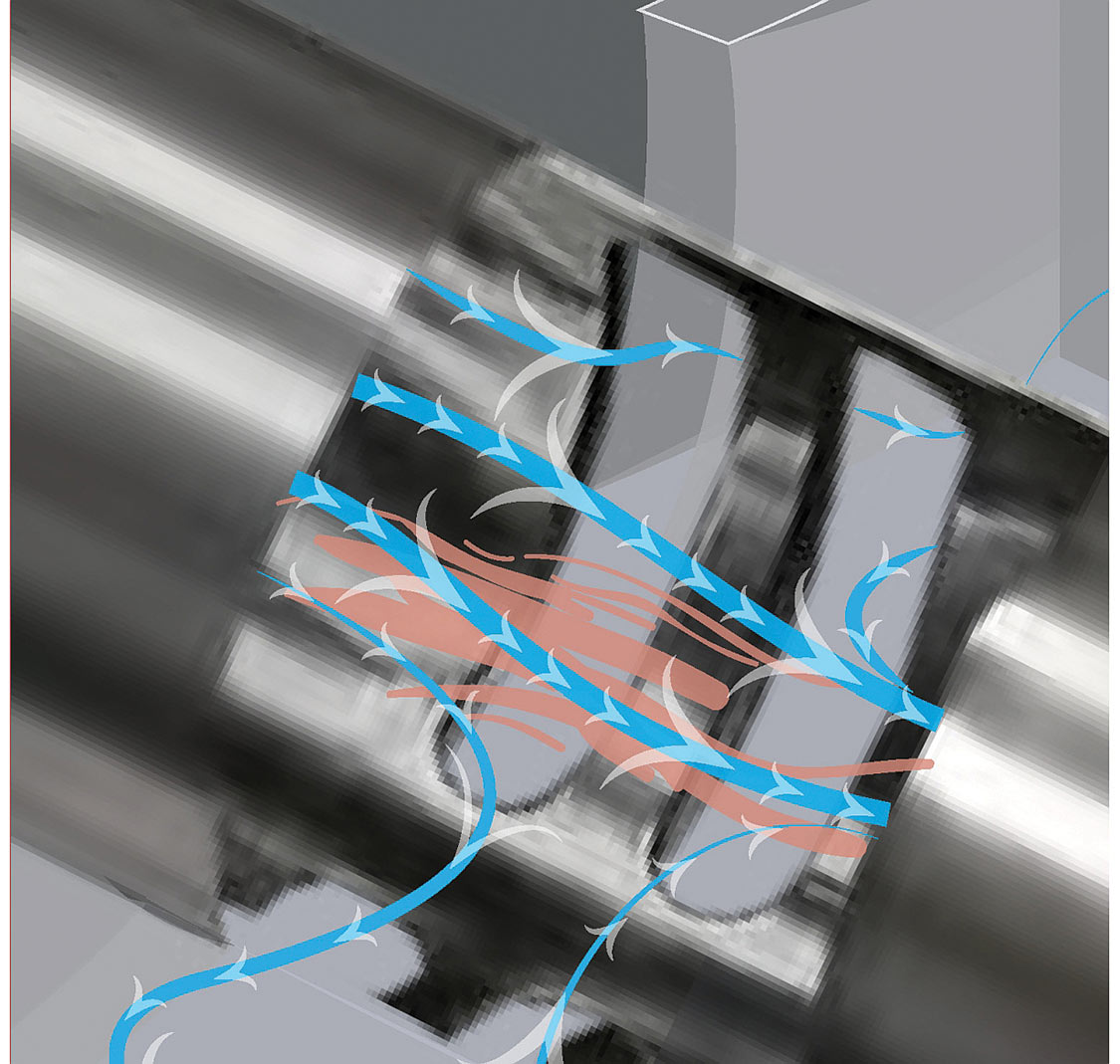
CORSA Performance has been listening to performance car owners and builders for quite some time. Using aeronautical and space age noise-suppression technology, CORSA Performance developed a process to use out-of-phase sound wave cancellation. This resulted in a patented Reflective Sound Cancellation (RSC) technology.
In 1998, CORSA Performance introduced RSC technology for the C5 Corvette, responding to a recognized need in the performance cat-back exhaust market.
The RSC system’s straight-through design offered minimal resistance to the exhaust flow with excellent tonal quality at full throttle and idle, while at the same time canceling low frequency cabin resonance. The result was a tuned muffler that cleaned up the noise without eliminating the sound of power associated with a high-performance vehicle.
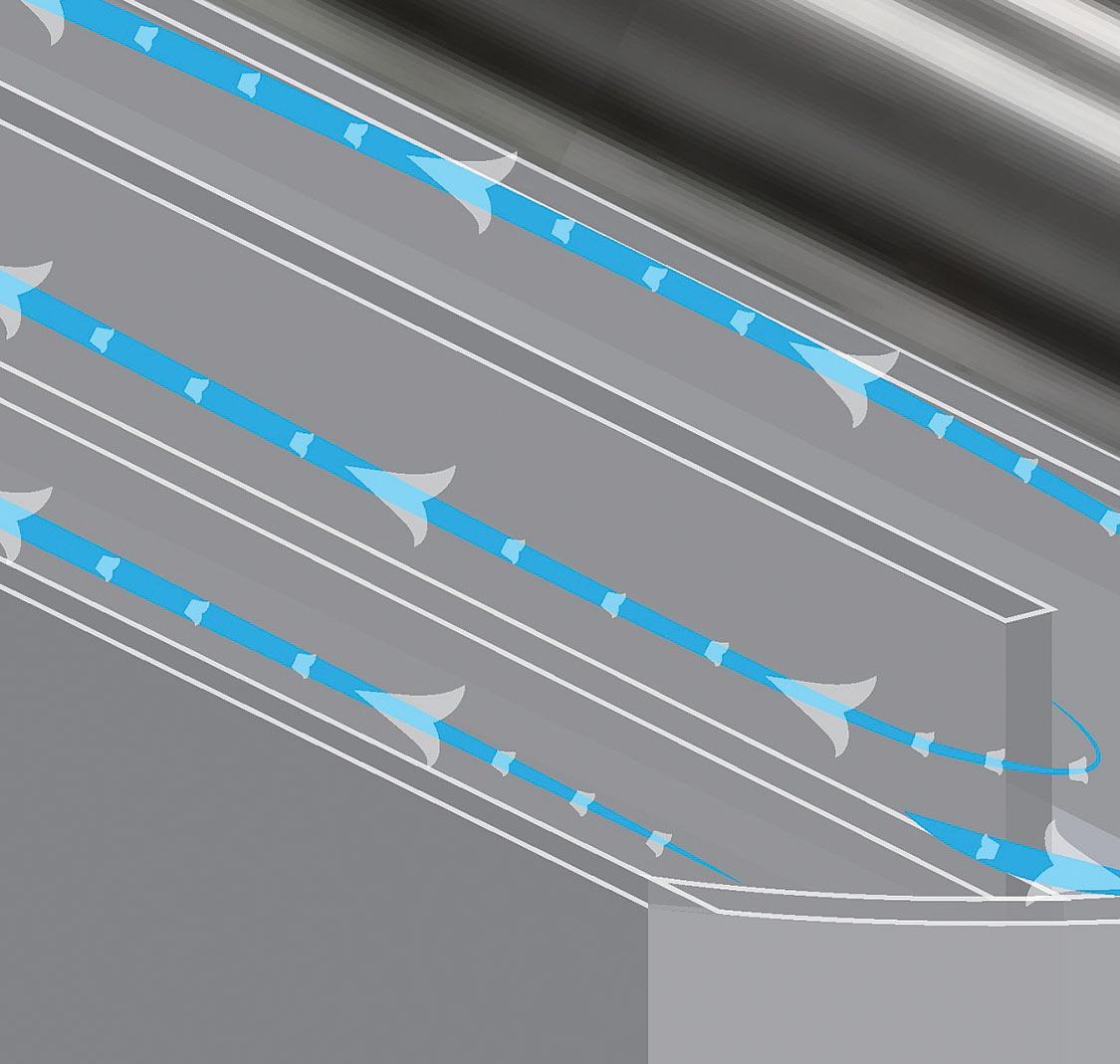
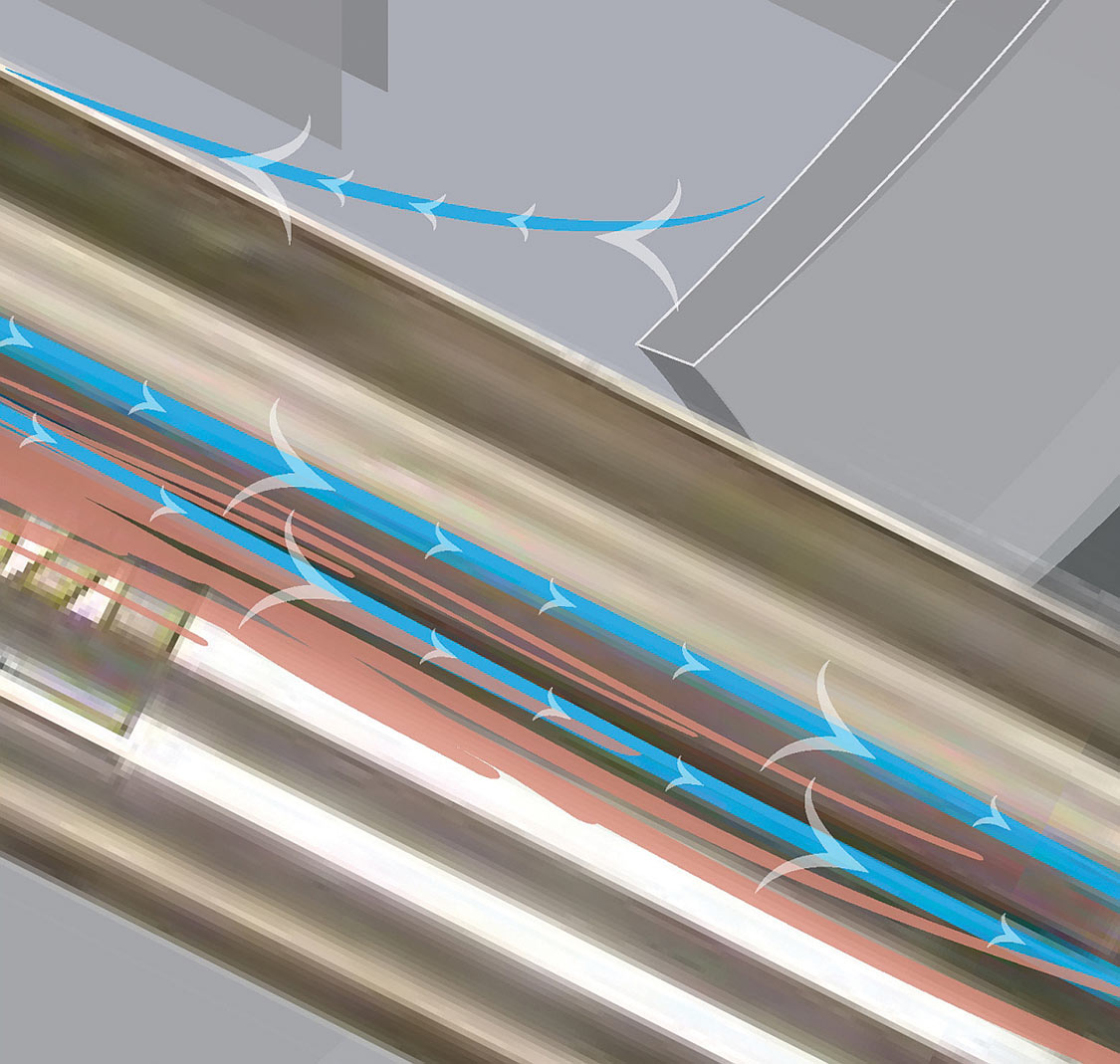
Essentially, the RSC performance exhaust system design includes a pipe that runs straight through the muffler, almost as if there were no muffler in the system. However, in this straight through-pipe, there is a full radial air gap that allows sound pressure waves to escape and travel down a channel. These waves are reflected back to the air gap where they arrive 180 degrees out of phase, canceling that particular sound frequency. Each CORSA RSC performance exhaust system is designed to cancel from one to four primary resonance-producing sound frequencies.
CORSA’s goal was to create a sound level that provided a more reserved, crisp performance car sound, with an enhanced throttle sound at idle and throaty exhaust tones under acceleration. Again, with an ear for what the performance community was looking for, CORSA created a maximum audio impact Xtreme sound level, with a deep, bold idle, throaty acceleration and aggressive exhaust note. This would not have come to market if it didn’t also deliver a quieter atmosphere at cruising speeds and no in-cabin resonance.
The end result was an exhaust note that sounds awesome at idle, aggressive during acceleration and comfortable at highway speed.
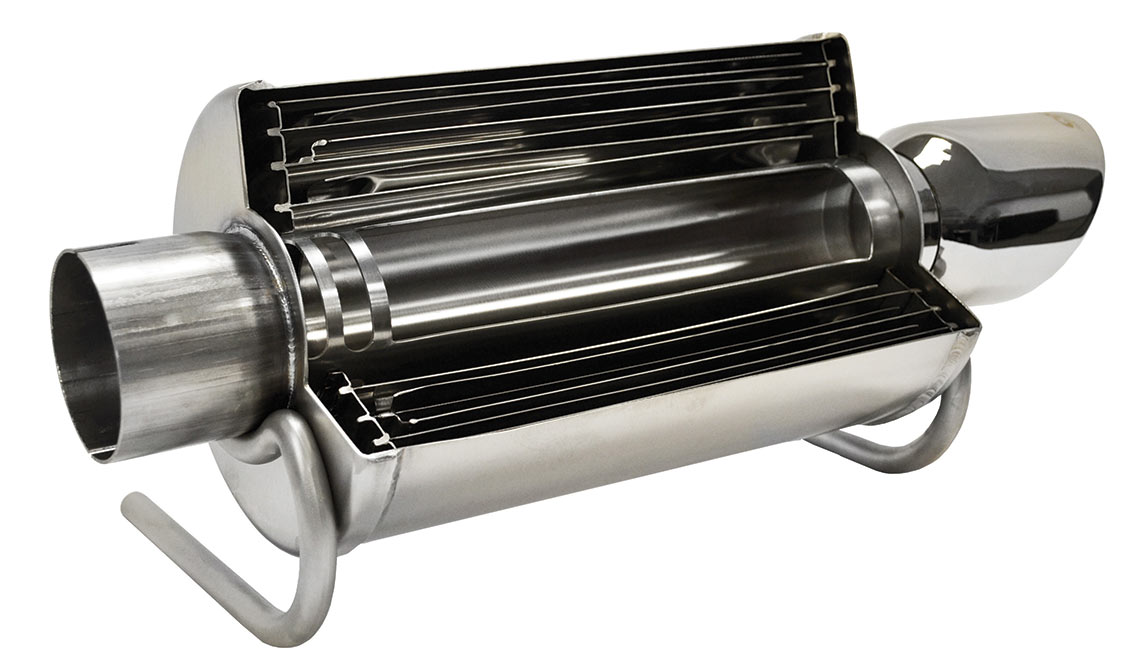

The patented RSC technology enabled CORSA engineers to tune each exhaust system to specific vehicles by adjusting the size of the radial air gap and the length of the channels within the muffler for a performance sound and the least interior resonance. Initially, muffler design can be calculated using exacting acoustic and thermodynamic formulas. The final design specs are arrived at by using real time spectrum analysis equipment to analyze real sound at idle, acceleration and cruise.
The end result was an exhaust note that sounds awesome at idle, aggressive during acceleration and comfortable at highway speed. It’s like getting the best of all worlds. It may be the ultimate pipe dream.